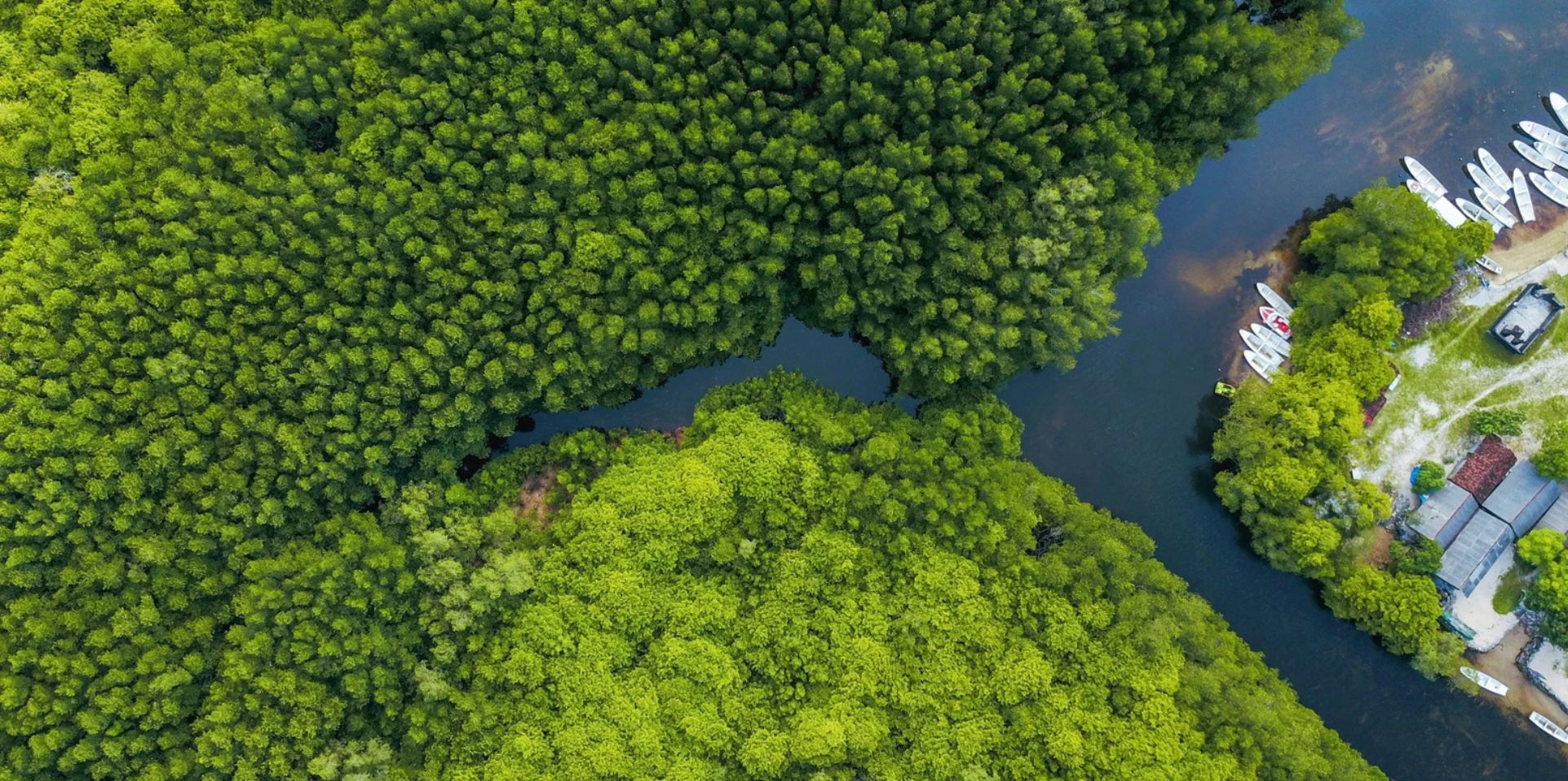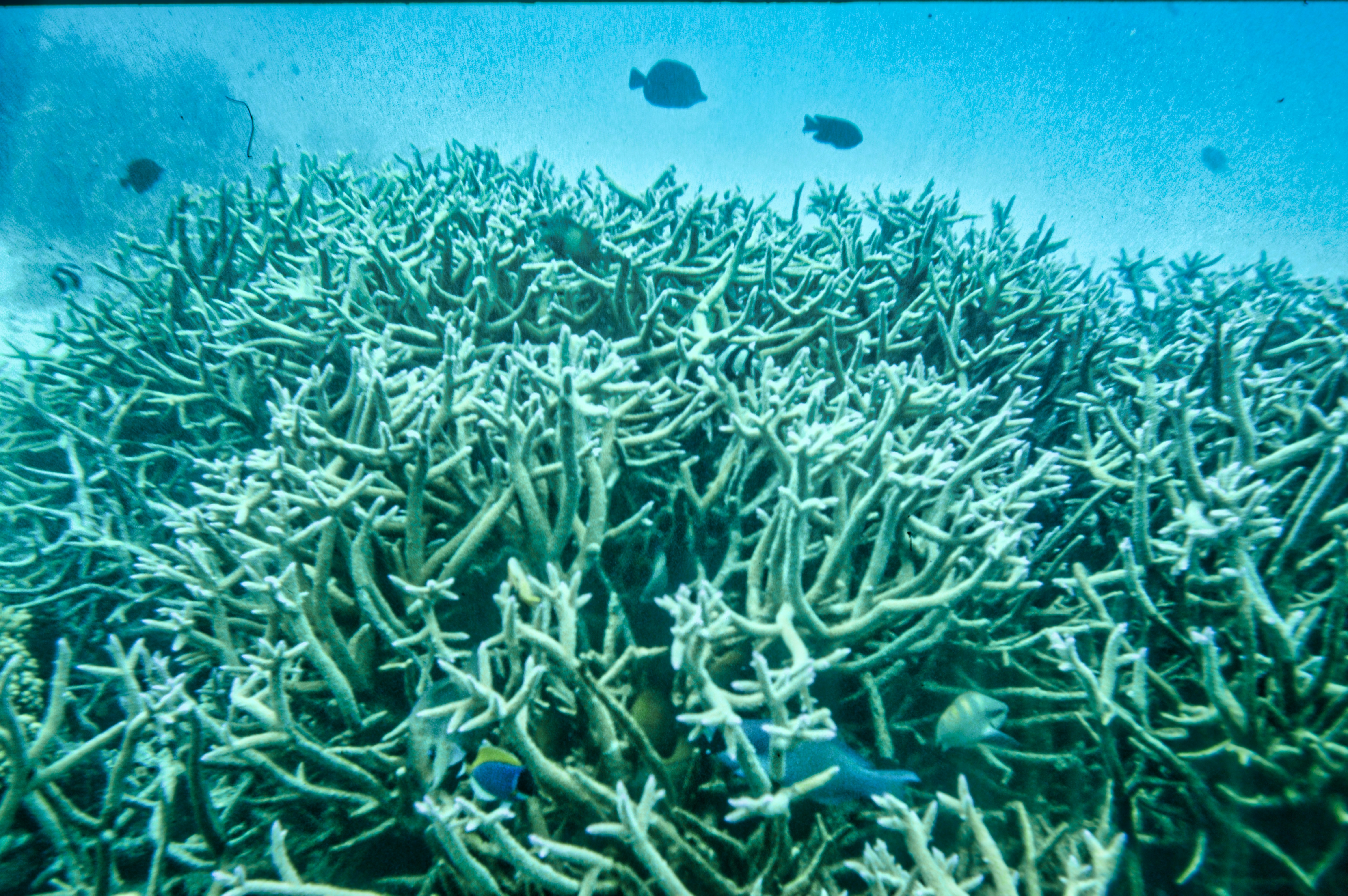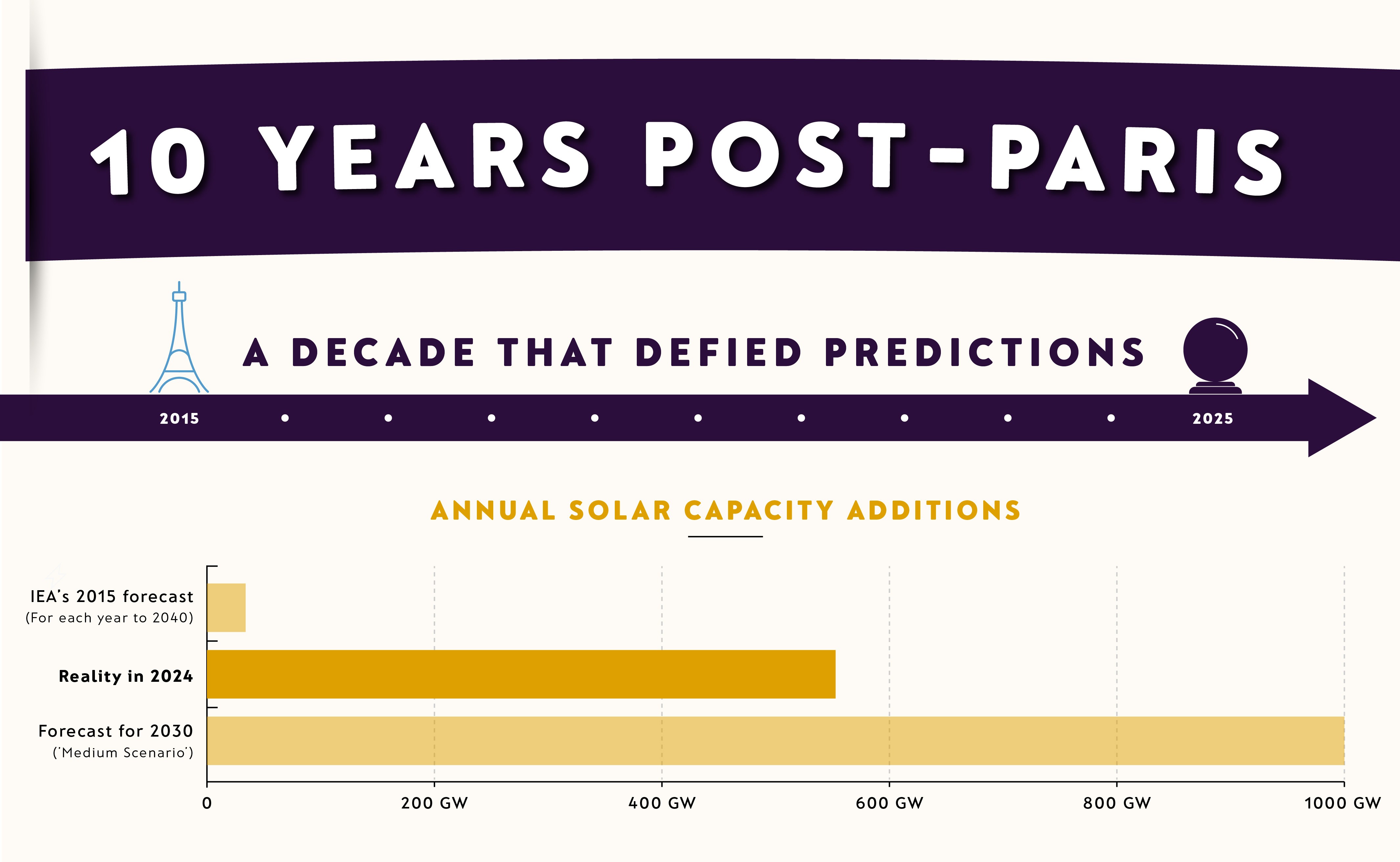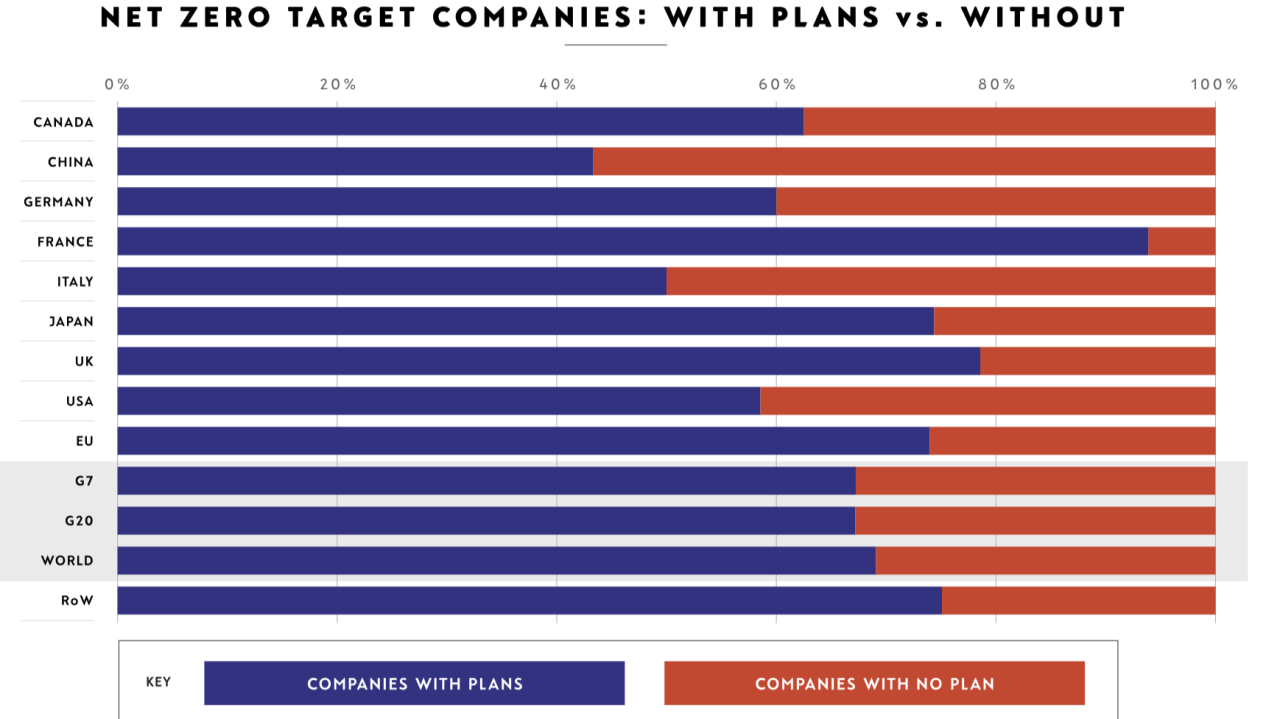
Key outcomes from COP16

Prasad Gollakota
20 years: Capital markets & banking
How international commitments and inclusive policies are shaping the future of biodiversity conservation.

Biodiversity loss and climate change are deeply interconnected issues that require immediate global attention. Reversing biodiversity loss strengthens ecosystems, enhances carbon sequestration, and mitigates climate risks. Without addressing biodiversity loss, global efforts to tackle climate change will be incomplete.
The 16th Conference of the Parties (COP16) to the United Nations Convention on Biological Diversity (CBD) convened in Cali, Colombia, from October 21 to November 1, 2024. While the biodiversity COP often receives less attention than its counterpart, the climate COP, it is equally vital. Let’s explore the key outcomes and their potential impact.
Key outcomes of COP16
1. National biodiversity targets
A major achievement of COP16 was the submission of national biodiversity targets by 119 countries, representing 61% of the Parties. These targets are tailored to specific regions and address key issues such as protecting critical habitats, reducing deforestation, and increasing marine protected areas. For example, Indonesia pledged to protect 30% of its marine territory by 2030, while the EU committed to restoring 20% of degraded ecosystems by the same year. These commitments reflect a global push to safeguard biodiversity through actionable policies.
2. National biodiversity strategies and action plans (NBSAPs)
To implement these targets, 44 countries, including several EU nations such as France, Germany, and the Netherlands, submitted updated NBSAPs. Outside Europe, countries like Japan and Canada have also led the charge, crafting comprehensive plans that integrate biodiversity conservation with economic development goals. These strategies serve as blueprints for aligning national priorities with the Kunming-Montreal Global Biodiversity Framework (GBF).
3. Inclusion of indigenous peoples and local communities
A landmark decision at COP16 was the adoption of a new Program of Work under Article 8(j), ensuring the meaningful contribution of indigenous peoples and local communities in biodiversity conservation. Indigenous groups have historically been stewards of biodiversity but have often been marginalised in global policy discussions. By involving them directly, COP16 not only recognises their rights and knowledge but also enhances the effectiveness of conservation efforts.
4. Financial mechanisms for biodiversity conservation
Delegates agreed on a framework for industries such as pharmaceuticals, cosmetics, and biotechnology to compensate for exploiting genetic information derived from biodiversity. These sectors have historically extracted natural resources, ranging from medicinal plants to cosmetic ingredients, without compensating the communities or countries of origin. The new framework establishes a biodiversity fund to channel revenue contributions (e.g., 0.1% of profits) back into conservation initiatives and local development. This is a critical step in ensuring that those who benefit financially from nature contribute to its preservation.

Prasad Gollakota
Share "Key outcomes from COP16" on

































